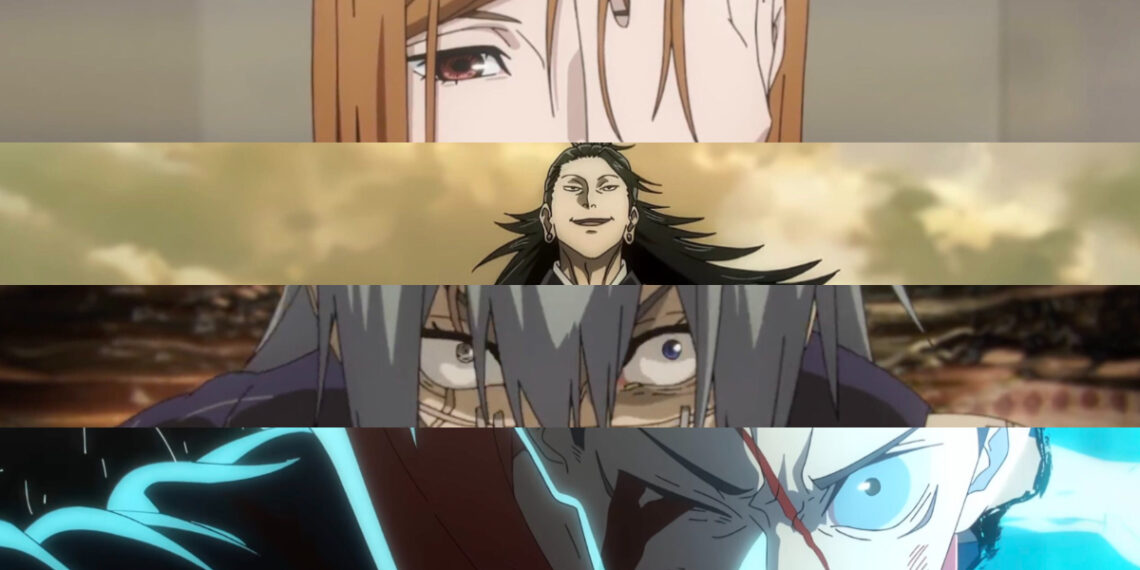Jujutsu Kaisen has maintained an intense pace over the past months, continuously delivering exhilarating battles for its passionate fanbase. The face-off between the extraordinarily powerful Gojo and the sinister ancient spirit Sukuna set an incredible tone.
This clash of titans was swiftly followed by several more edge-of-your-seat fights featuring fierce sorcerers like Kashimo.
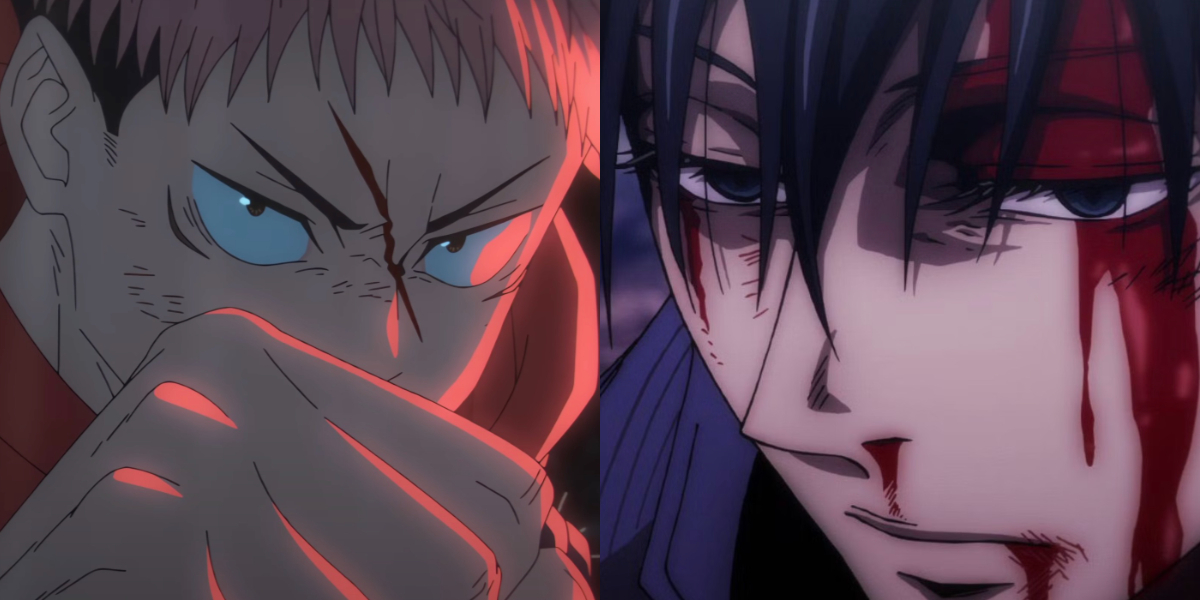
Currently, the manga is focused on an electrifying confrontation between the whimsical Takaba and the cunning Kenjaku. These fights have been visual spectacles, showcasing stunning abilities.
Additionally, speculation continues about protagonist Yujiunlocking his own cursed technique to oppose Sukuna.
Jujutsu Kaisen has never shied from ruthlessly eliminating key characters, keeping readers on edge. True to form, the latest shocking chapter seemingly killed off the major antagonist, Kenjaku, in a bold narrative twist.
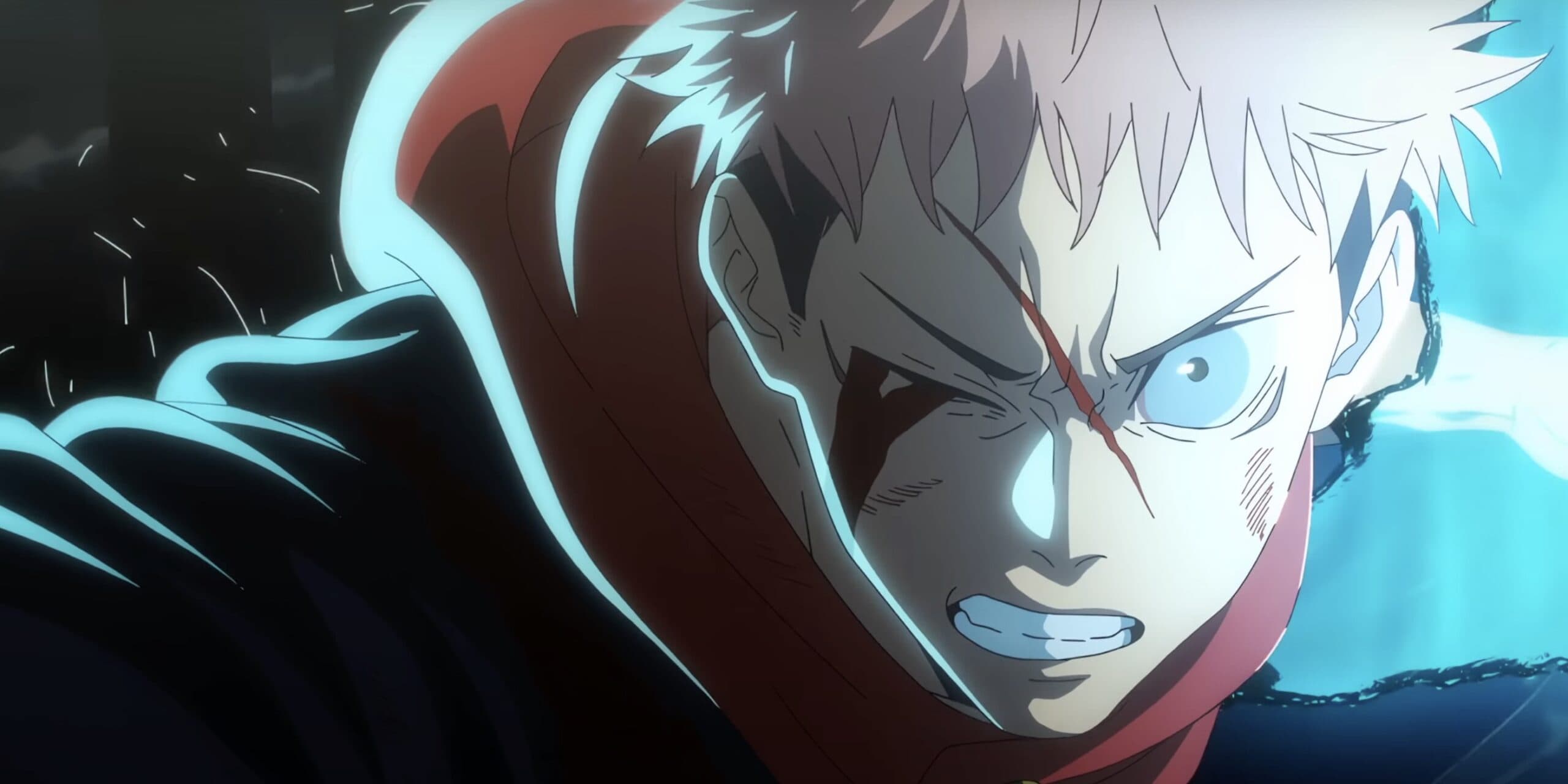
As the stakes heighten, fans eagerly await the next exhilarating and unpredictable developments in the story. Jujutsu Kaisen continues to surprise and satisfy its passionate readers with its breathless pace and audacious writing.
Too Many Deaths In The Culling Game Arc
The high-stakes Culling Game arc has seen numerous shocking character deaths in Jujutsu Kaisen. Undoubtedly, the most impactful was the demise of fan-favorite Gojo Satoru, the iconic face of the series.
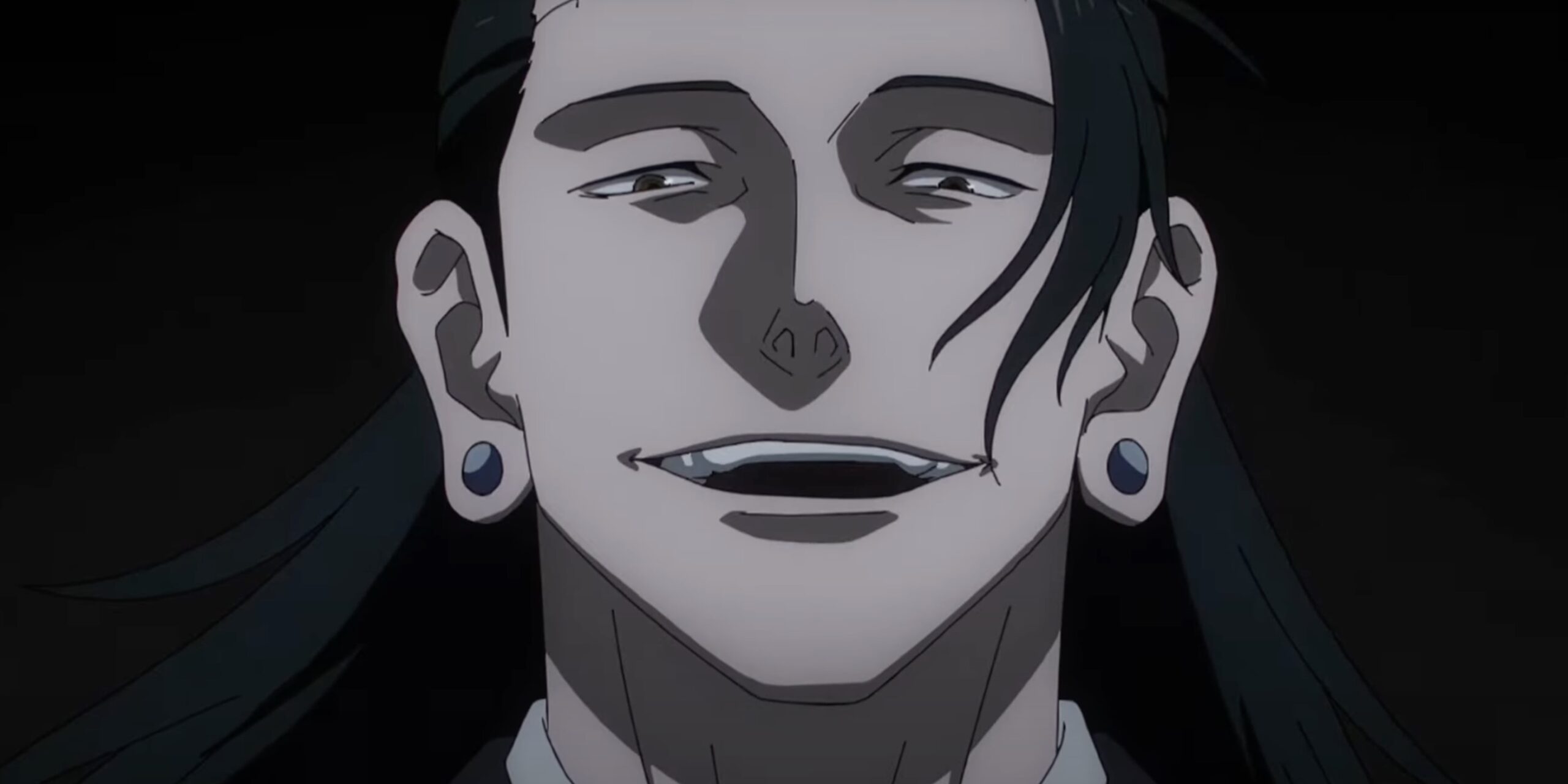
After his long-awaited return in the arc, Gojo became embroiled in a multi-month epic clash with the sinister ancient spirit Sukuna.
This intense back-and-forth battle kept readers on the edge of their seats. However, in a devastating narrative twist, Gojo ultimately loses his life at the end of this conflict.
The controversial decisions leading to this unexpected outcome sparked heated debate among fans. Nonetheless, the tragic result was set – the legendary Gojo fell.
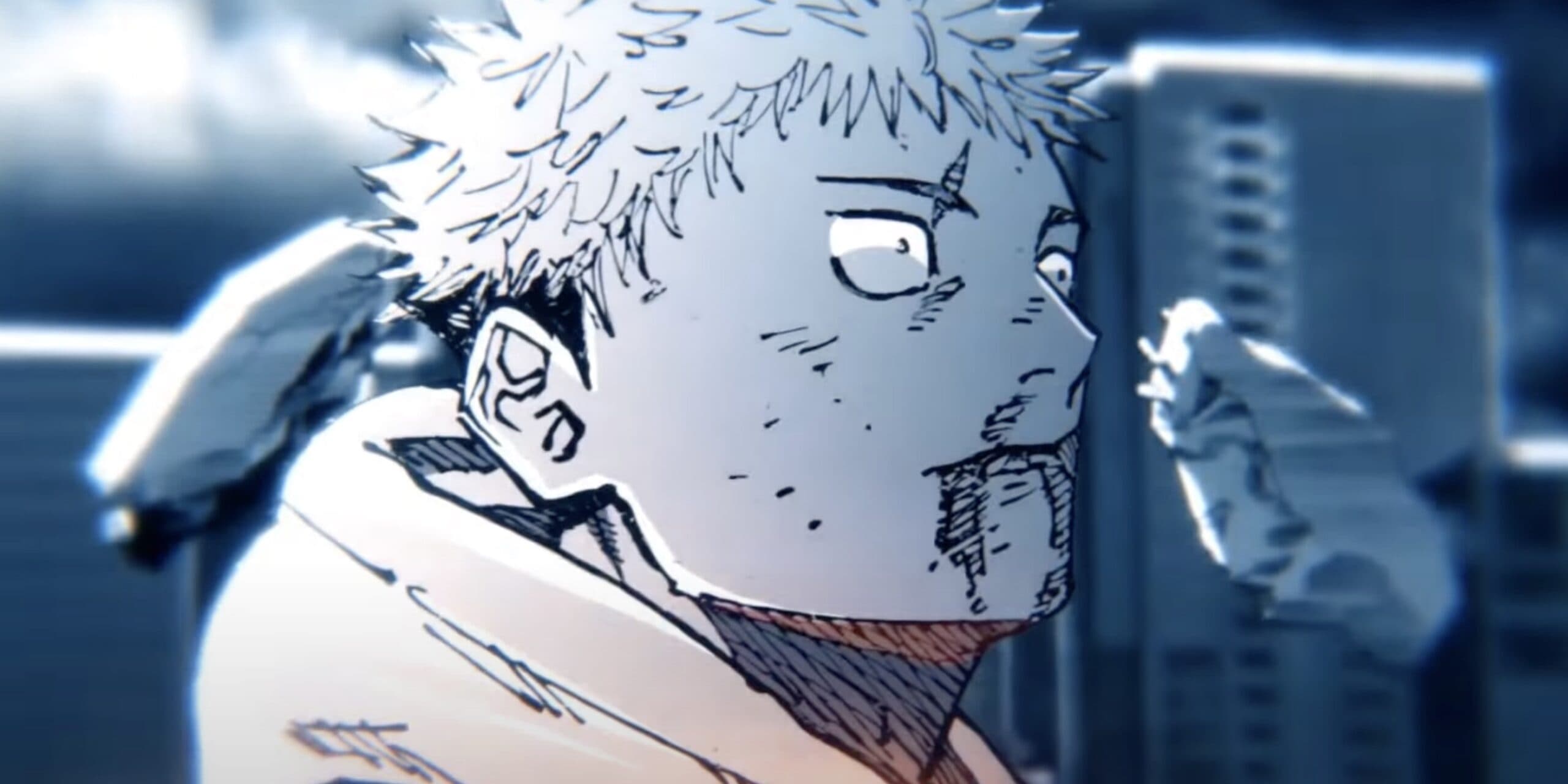
From there, the unrelenting story continued its lethal onslaught, cutting down several more key characters without mercy.
While divisive, removing the seemingly invincible Gojo raises the stakes moving forward and cements the series’ willingness to make bold choices.
As the Culling Game chaos wages on, a shaken fanbase now speculates who may perish next in Jujutsu Kaisen’s lethal narrative gauntlet.
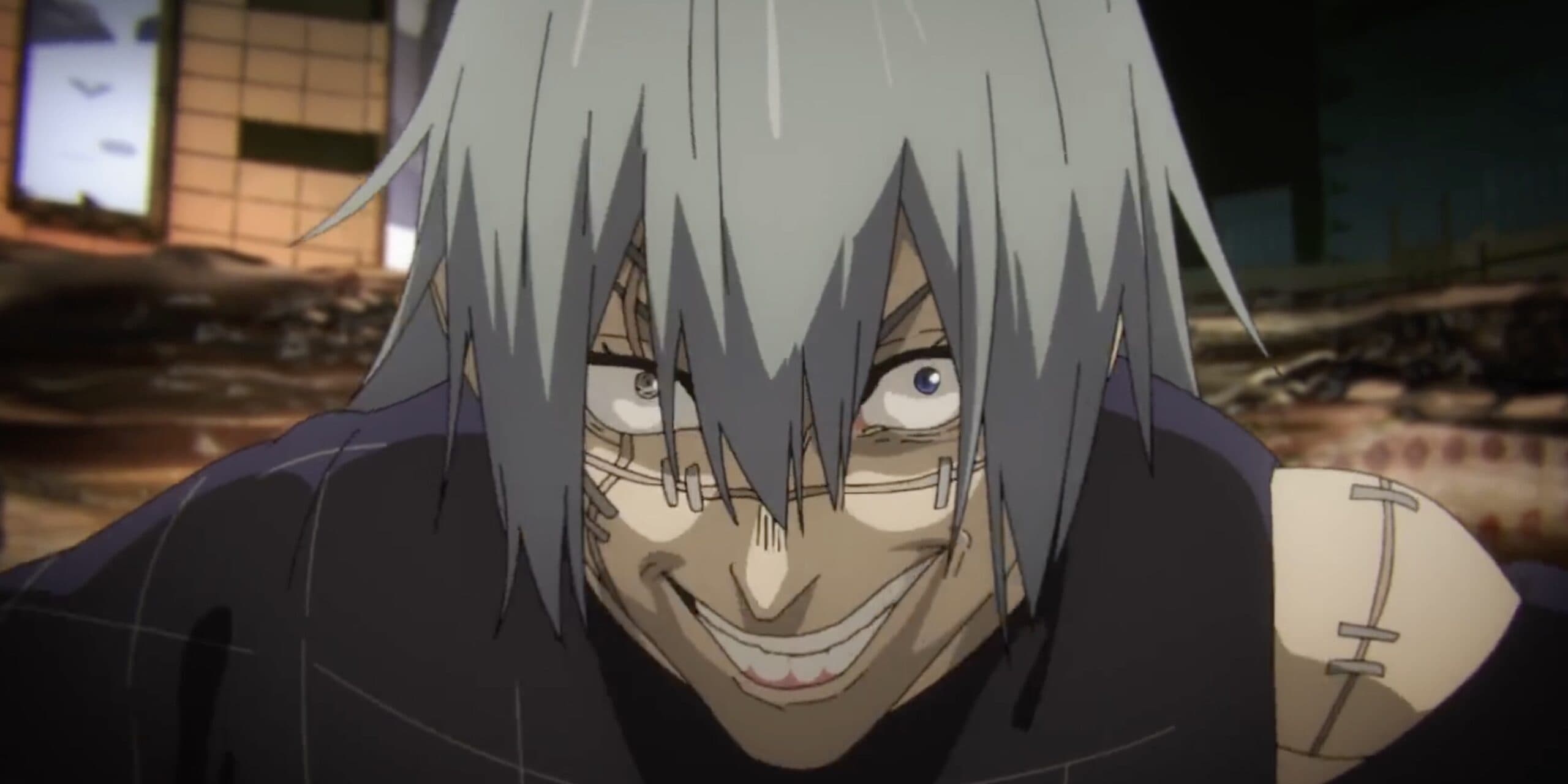
Though Gojo is sorely missed, his death ensures no one is truly safe. The heightened sense of danger only intensifies the suspense for devoted readers left reeling from the loss of icons thought immortal.
Major Characters Fall Rapidly in the Culling Game Arc, Setting the Stage for a Climactic Conclusion
The body count in Jujutsu Kaisen continues rising rapidly, with major characters meeting their demise in quick succession within the high-stakes Culling Game arc.
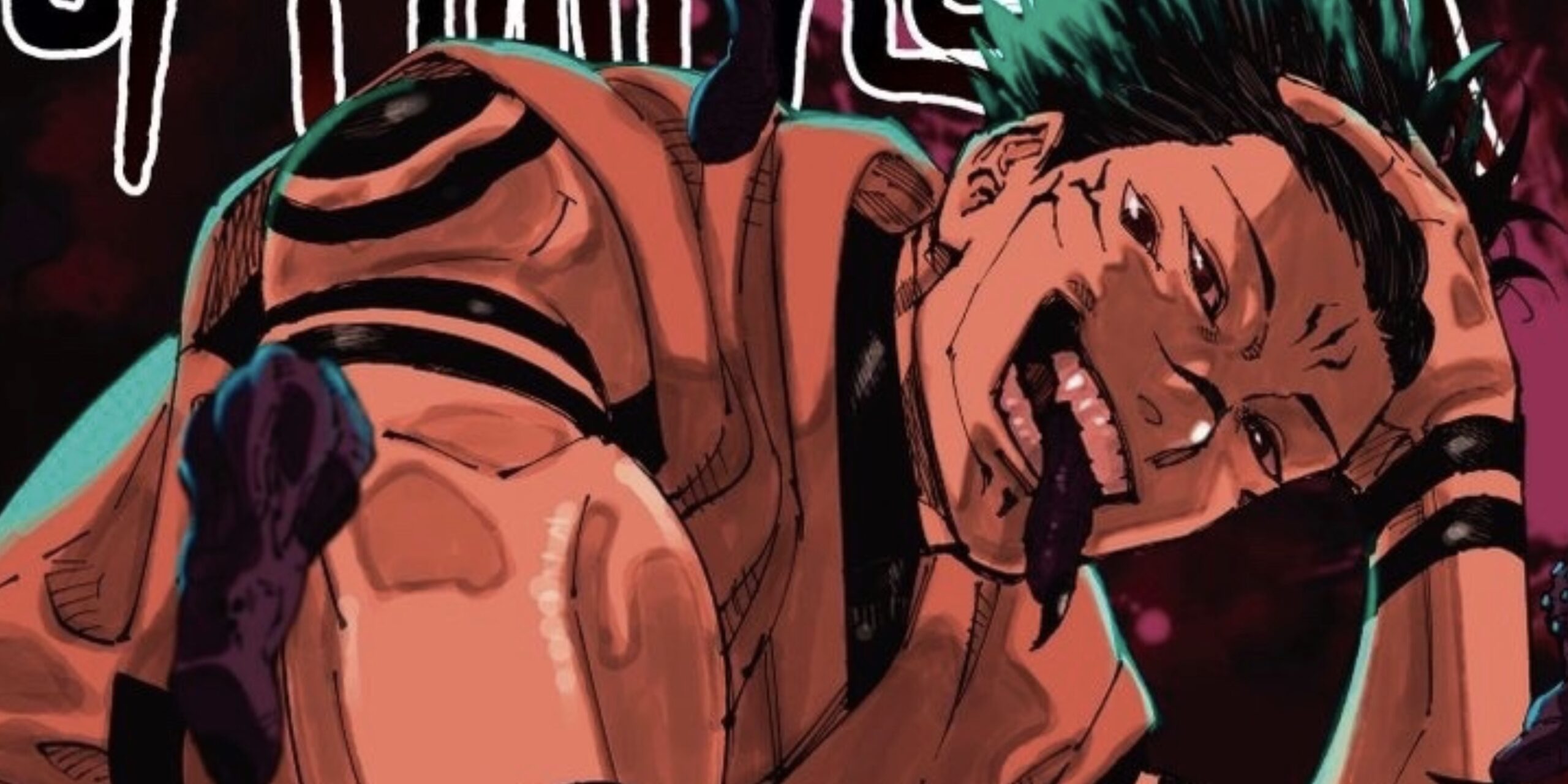
Shortly after Gojo fell, the cocky Kashimo likewise challenged the resurrected Sukuna to battle, forcing the sinister spirit to manifest fully and ruthlessly to finish off Kashimo.
The onslaught persisted with the killing of the troublesome Hezenoki. Now, in the latest shocking chapter, it appears two more pivotal figures have been added to the death toll.

As Jujutsu Kaisen enters its climactic final phases, mangaka Gege Akutami seems intent on mercilessly cutting down fan favorites and villains alike at a devastating pace.
With an endgame seemingly in sight, these violent upheavals raise the narrative stakes considerably while setting the stage for an epic conclusion.
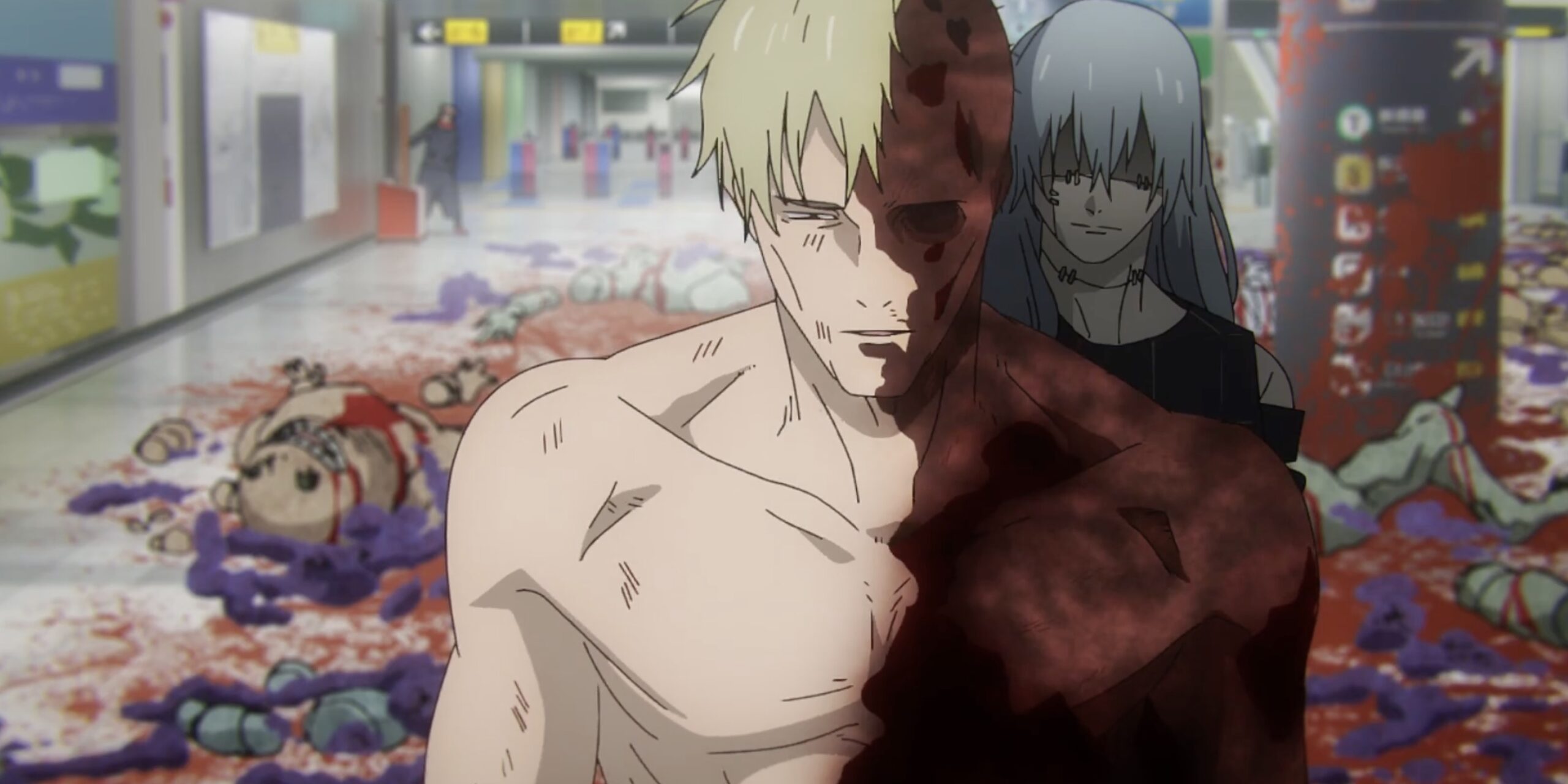
Faithful readers always knew to expect some losses, but the sheer volume of major characters meeting their end still delivers a visceral impact.
Yet the tragic bloodletting also carries narrative weight and purpose. As the cunning Kenjaku himself stated, the Culling Game was designed to rapidly catalyze a grand culmination – and that finale may soon be at hand.

So, while painful, these resonant death throes signify Jujutsu Kaisen’s progression toward a long-awaited resolution.
With the board cleared of most key pieces, the manga likely heads toward a final showdown between the core protagonists and the sinister forces that have plagued them.
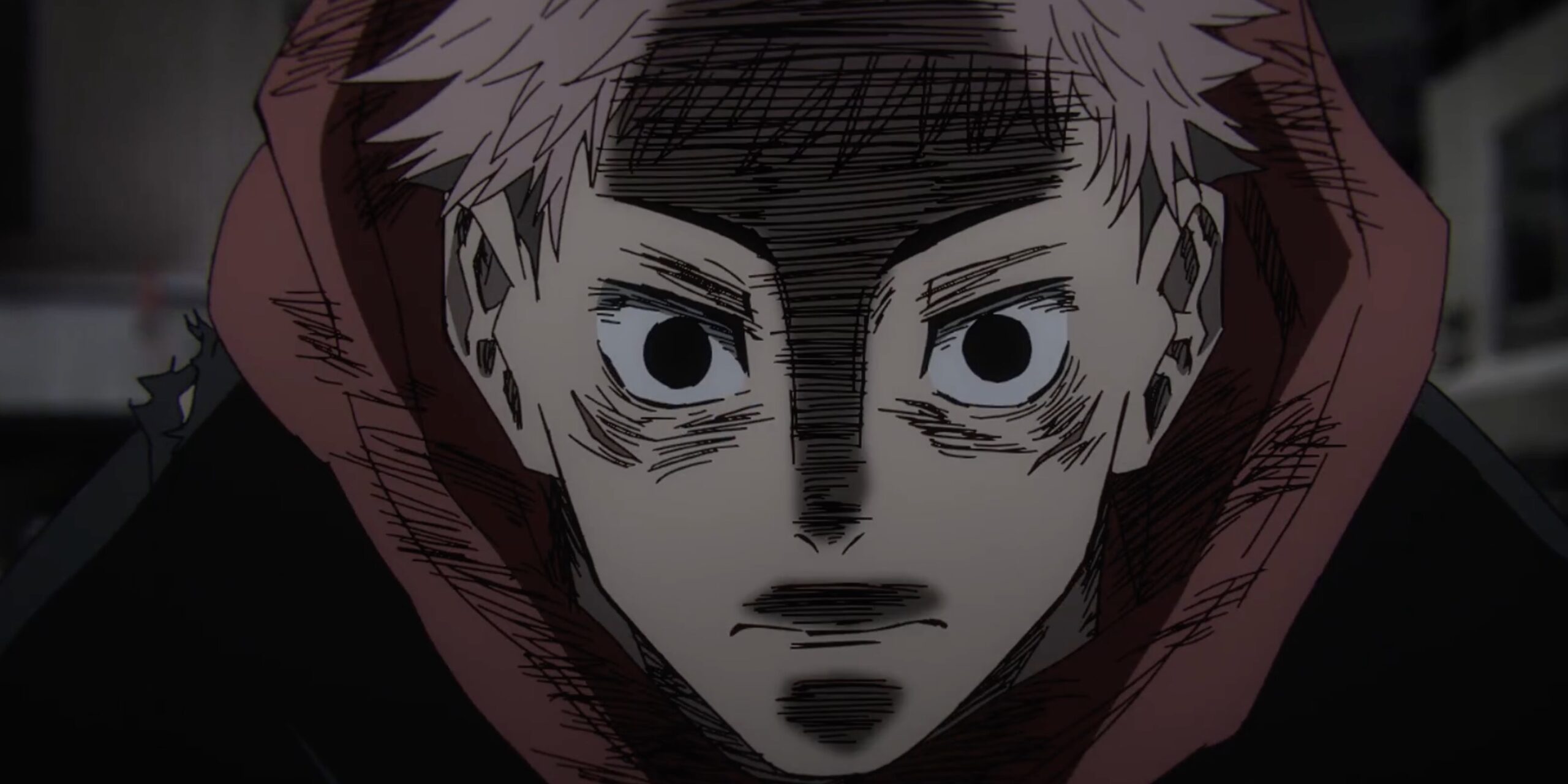
What emerges from the ashes of the fallen remains unclear, but devoted fans eagerly anticipate witnessing the payoff for this bloody narrative carnage.
For now, they are left mourning and processing the losses while appreciating the nerve of creator Gege Akutami in orchestrating this riveting macabre dance toward the manga’s endgame.
What Happened At The End Of Kenjaku Vs Takaba
Earlier chapters showcased an unexpected prolonged clash between the lighthearted Takaba and the calculating mastermind Kenjaku.
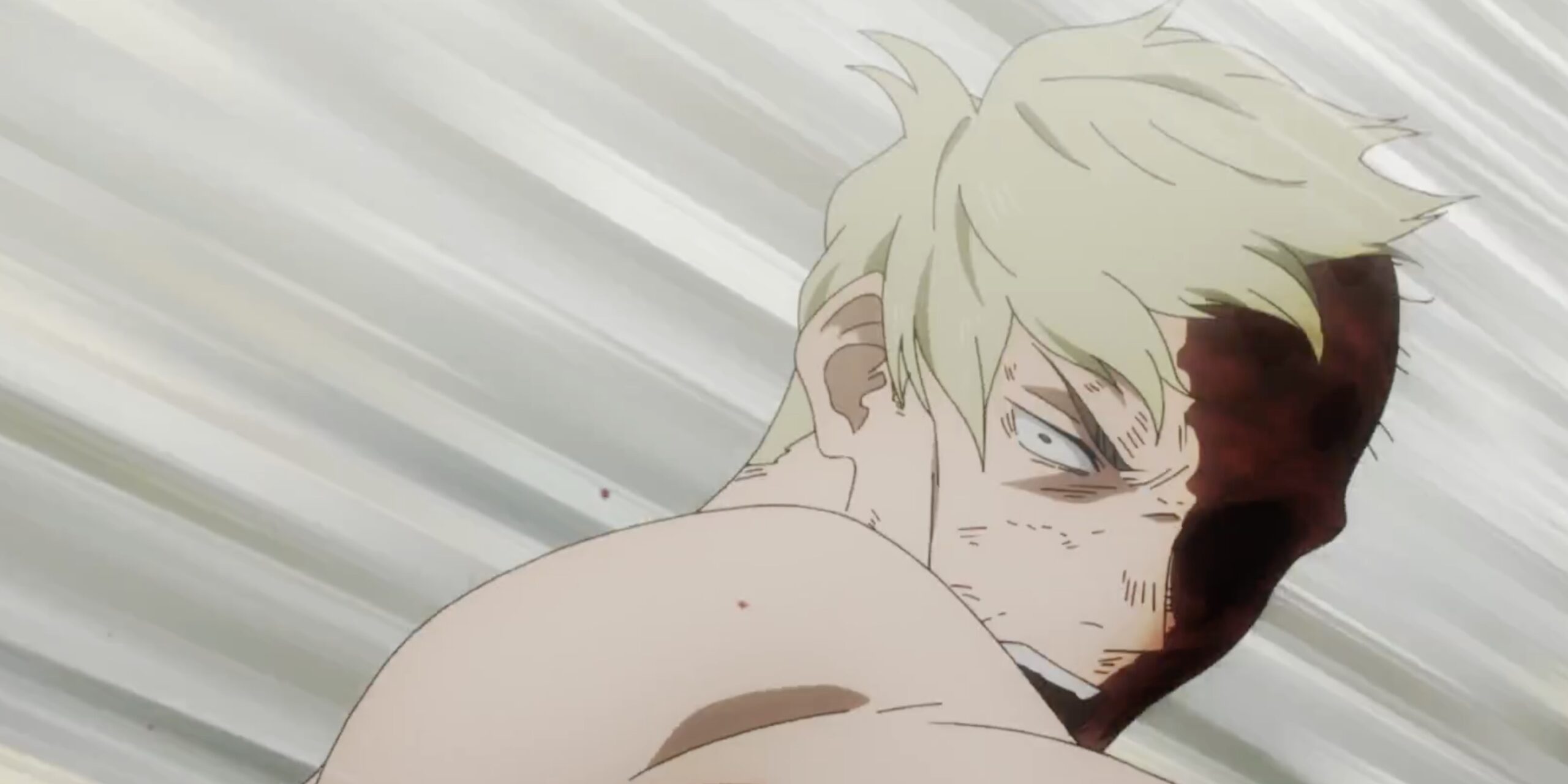
Their battle has persisted for multiple installments, subverting reader assumptions.
Much credit belongs to Takaba and his tenacious comedian-fighting spirit, driving him to awaken his whimsical cursed technique fully.
In the latest installment, Takaba activated an ability dubbed “Soul Resonance,” which compellingly immersed the usually composed Kenjaku into Takaba’s vibrant imagined antics.
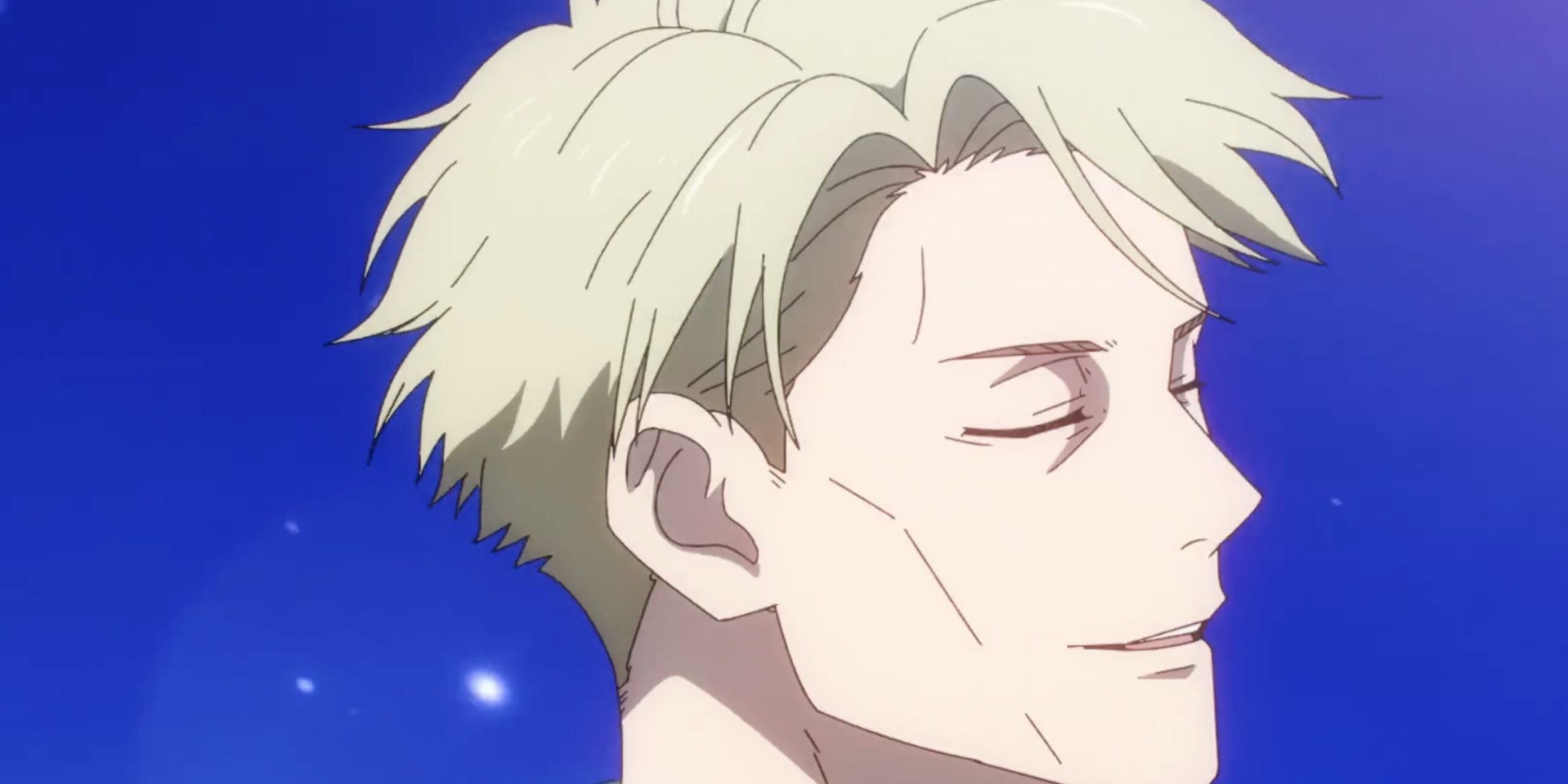
Almost against his will, Kenjaku became an engaged participant in the chaotic comedic performances brought to life by Takaba’s dreams.
This imaginative power reflects Takaba’s growth in his powers and determination to defeat his formidable foe through sheer force of will and the amplified strength of his vision.
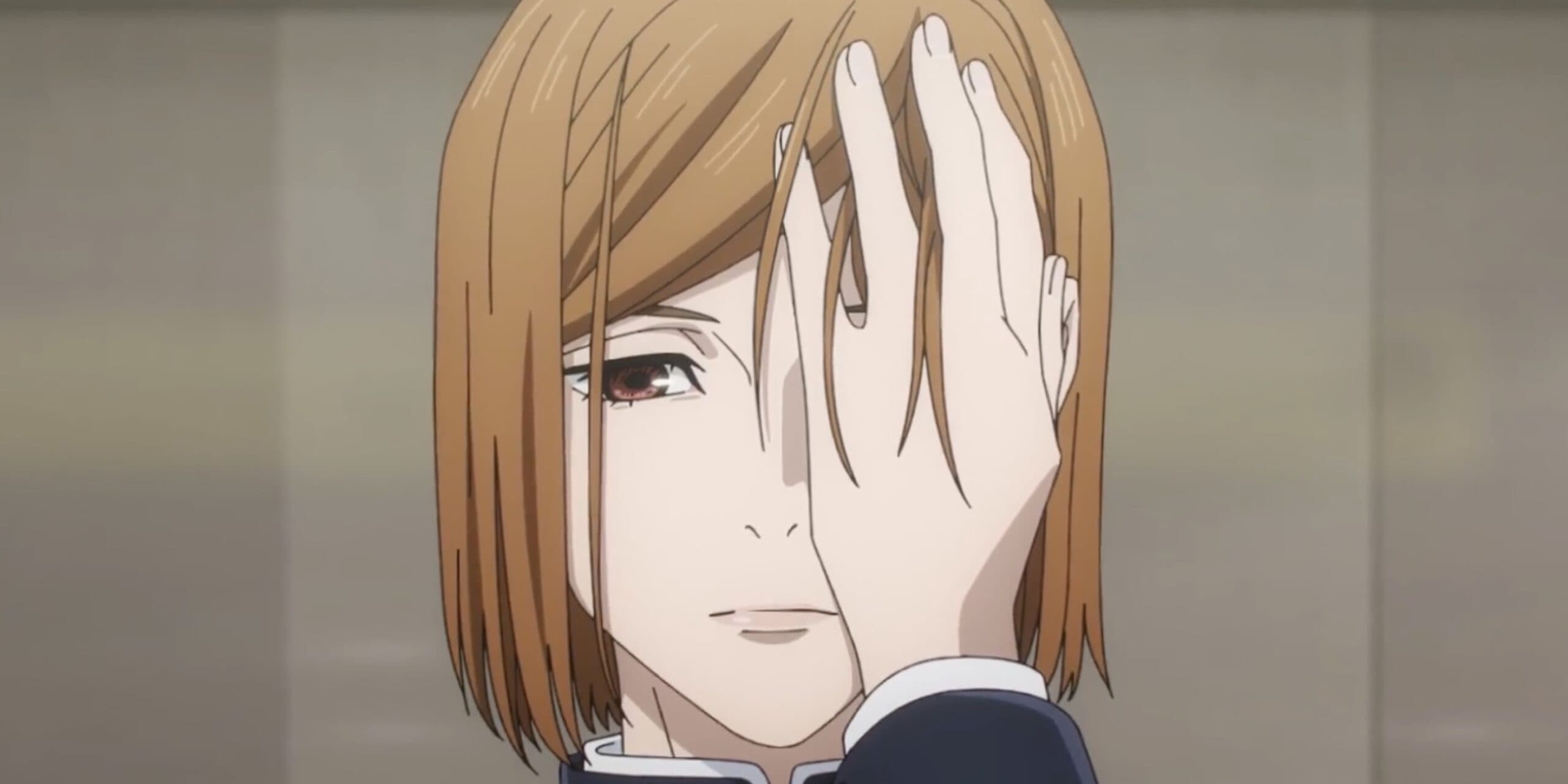
The tables turned remarkably on the villain who underestimated Takaba’s nascent potential.
Now inexorably drawn into Takaba’s reality and resigned to play an active role, Kenjaku experienced firsthand the fruits of his opponent’s maturation into a creative powerhouse manifesting an innately powerful inner world outwardly.
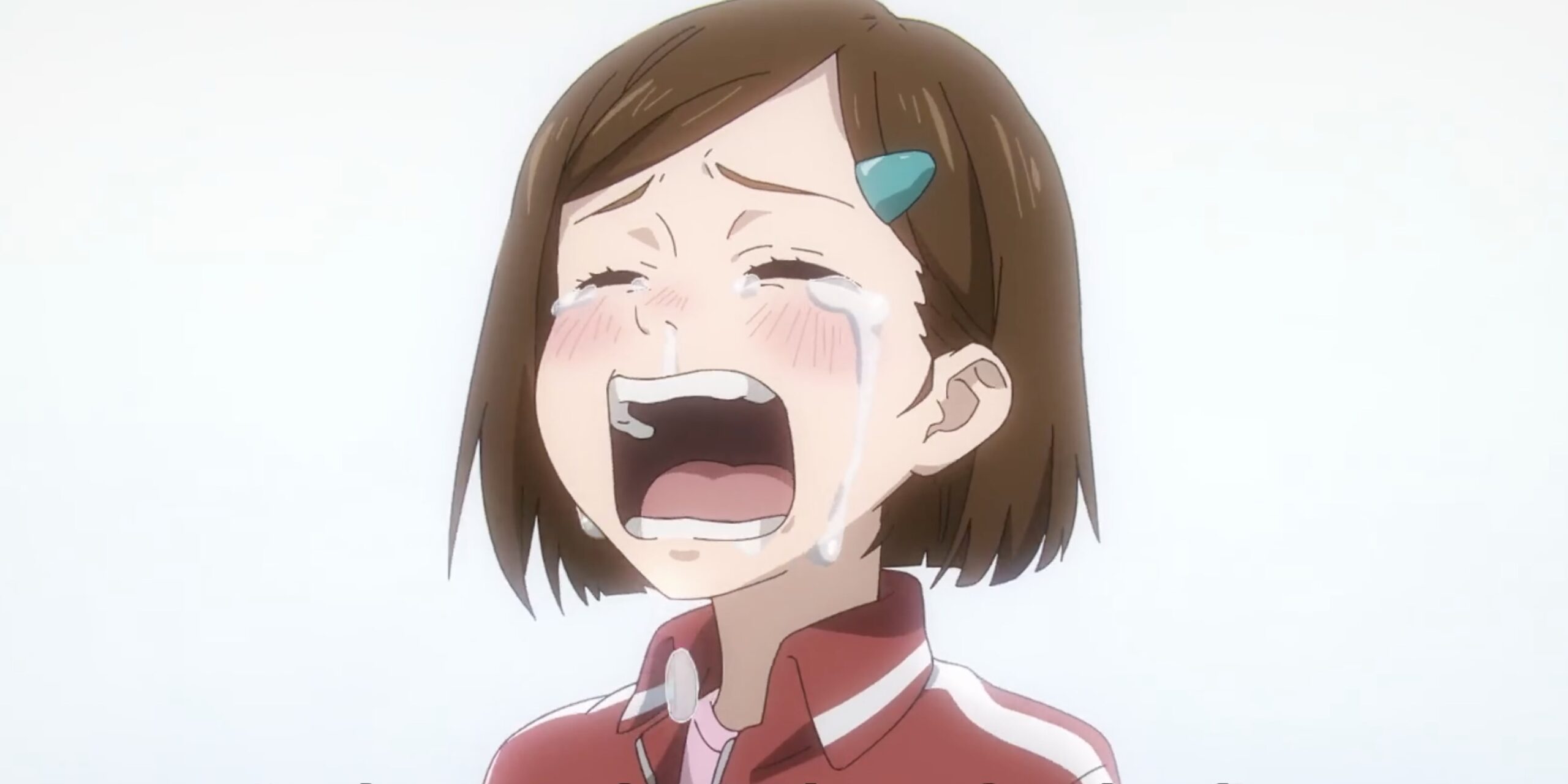
Their battle has evolved from a perceived mismatch to a hard-fought standstill between contrasting forces – imagination and pragmatism.
As this unique fight continues stretching in unpredictable directions, so too does Takaba himself defy expectations to unlock reservoirs of personal power by embracing his identity.
What final outcome emerges remains unclear, but Takaba has certainly shattered preconceptions en route.
Unpredictable Tragedy and Beauty Of The Fight
Picking up where the previous chapter left off, JJK 243 depicted Takaba and a compelled Kenjaku finally performing comedy together onstage, the culmination of Takaba’s imaginative scenario.
Their impromptu yet passionate performance is deemed a grand success in Takaba’s eyes, representing the pinnacle realization of his comedic aspirations.
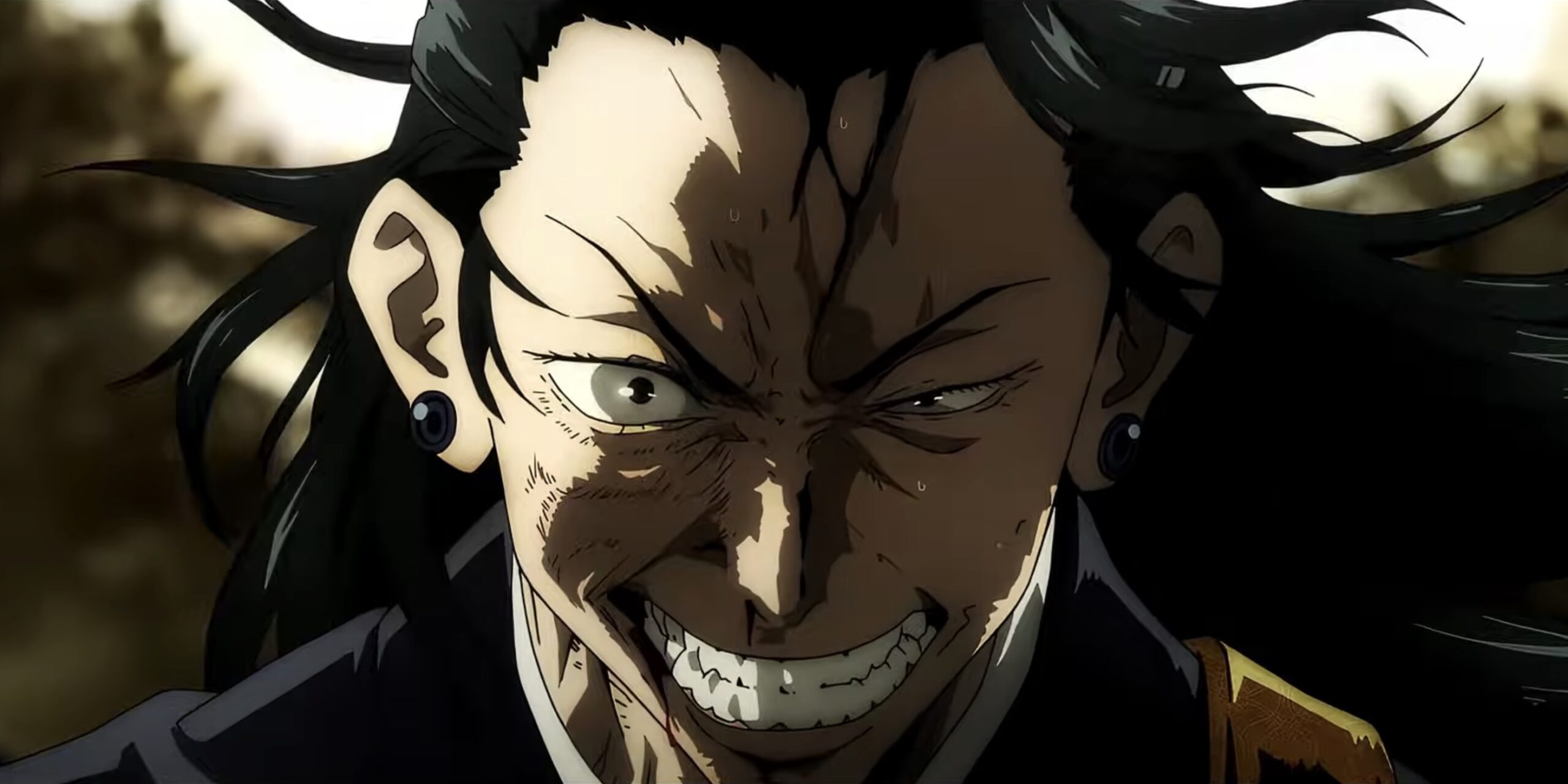
Yet in the afterglow, Takaba poignantly realizes this epochal yet fleeting moment also signals the finale of his creative journey with Kenjaku.
Looking back with profound fulfillment yet wistful longing, Takaba accepts the impermanent nature of even the most meaningful experience.
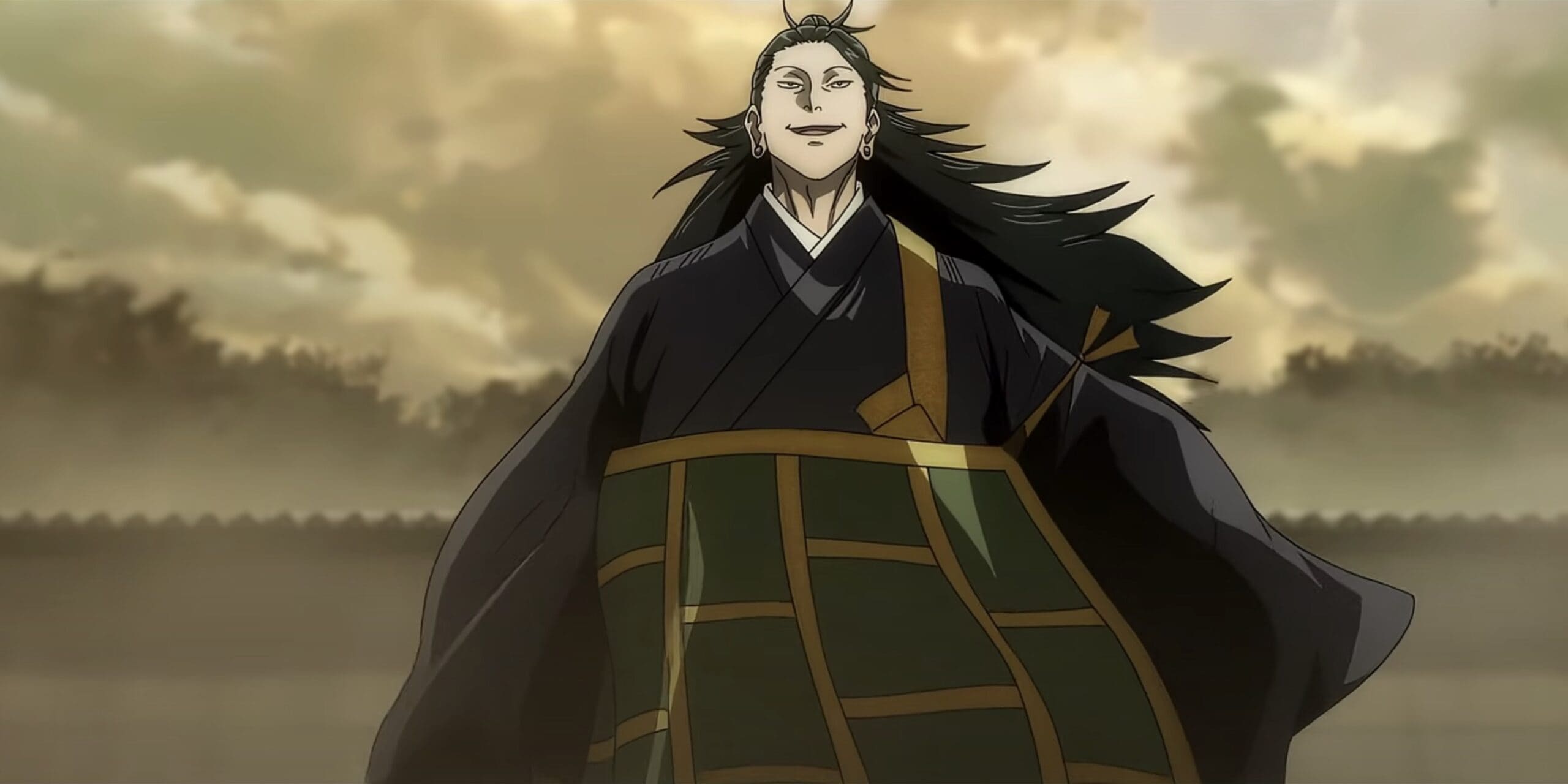
Peacefully reconciled, he gracefully transitions into a quiet passing, his purpose solidified in ephemeral glory.
In an unexpected shift, the calculating Kenjaku privately acknowledges Takaba’s singular talent, preparing to resume his own schemes.
But just then, in a shocking narrative twist, an abrupt lethal attack catches Kenjaku off-guard. His ambitions are left fatefully unfulfilled as calamity befalls the cunning antagonist at the hands of a mysterious assailant.
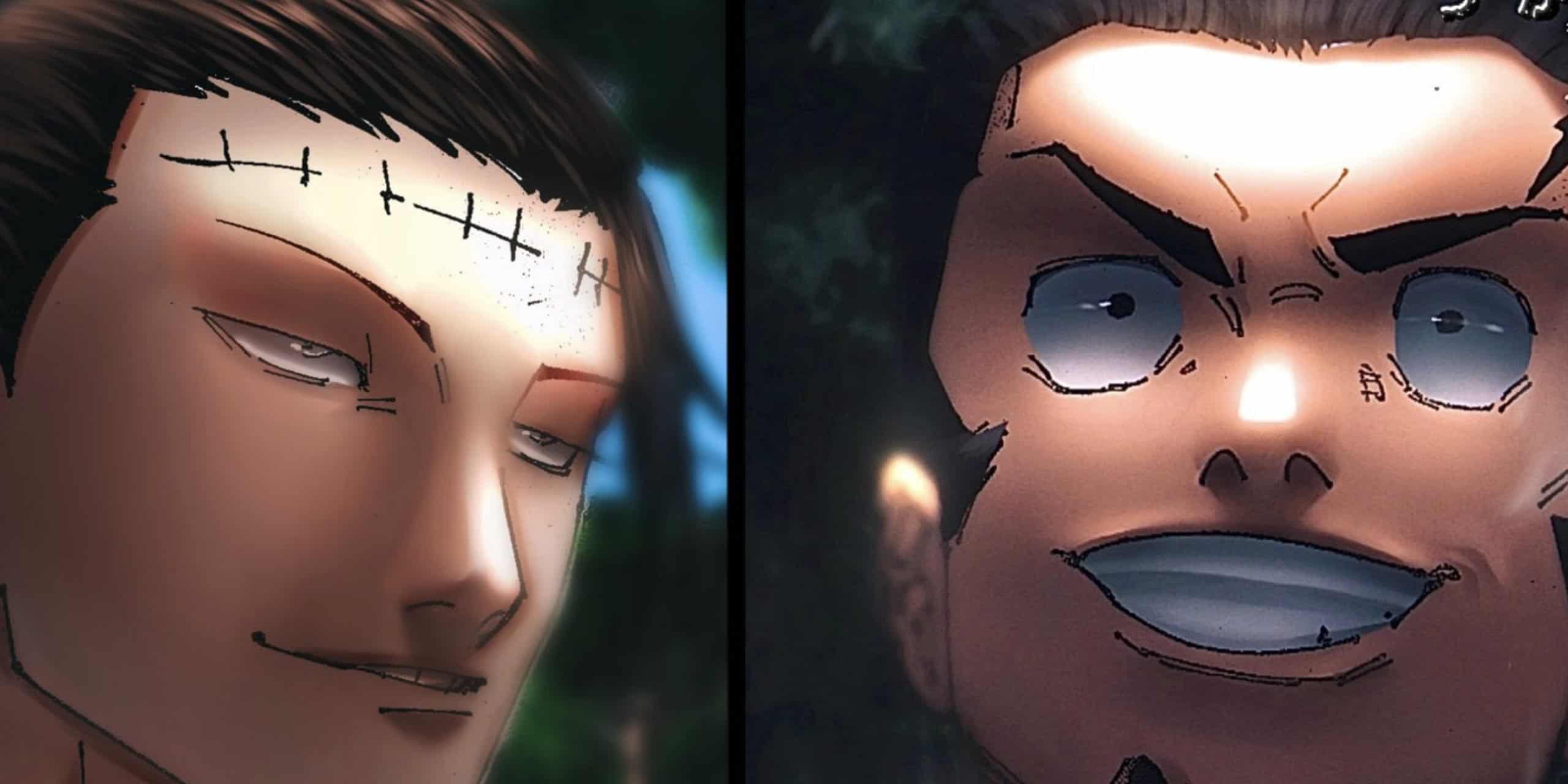
From comedic collaboration to abrupt demise, Takaba and Kenjaku’s unpredictable dynamic contends with the interplay between creativity’s luminous apex and mortality’s swallowing tides.
Their brief intertwining leaves irreconcilable loss yet artistic fulfillment, tragedy yet beauty, permanence and impermanence exquisitely entwined.

Now, with Kenjaku’s designs interrupted by violent intervention, fans are left processing numerous emotional upheavals while bracing for what comes next on destiny’s unpredictable stage.
Yuta Okkotsu Defeats Fake Geto
The most shocking development in pivotal chapter 243 is the apparent demise of the cunning principal antagonist Kenjaku, or more specifically, his vessel pseudo-Geto.
While Kenjaku’s ultimate fate remains uncertain, Geto seems conclusively liberated from possession. This occurs when an opportunistic Yuta ambushes the unaware Kenjaku from behind, decapitating his head in a surprise attack while his guard is lowered.
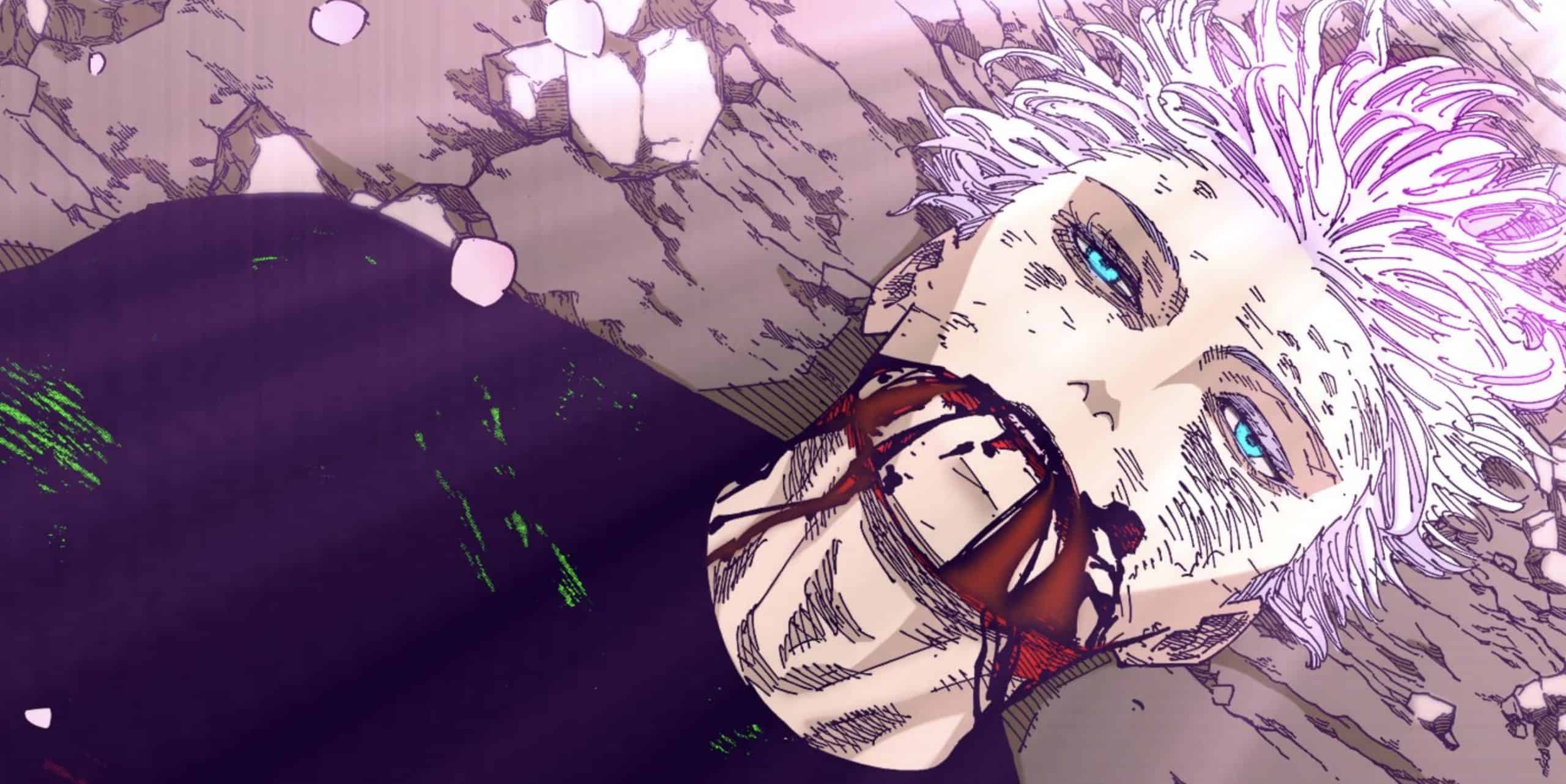
This catching of the calculating Kenjaku off-balance initially perplexes him, considering Yuta boasts abundant cursed energy typically perceptible to someone of Kenjaku’s prowess.
However, Kenjaku soon deduces that Takaba’s all-consuming “Soul Resonance” had distracted his senses by embedding his consciousness into Takaba’s imagined reality.
Preoccupied with this inner world, Kenjaku lost external awareness, allowing the patient Yuta’s opening to strike lethally.
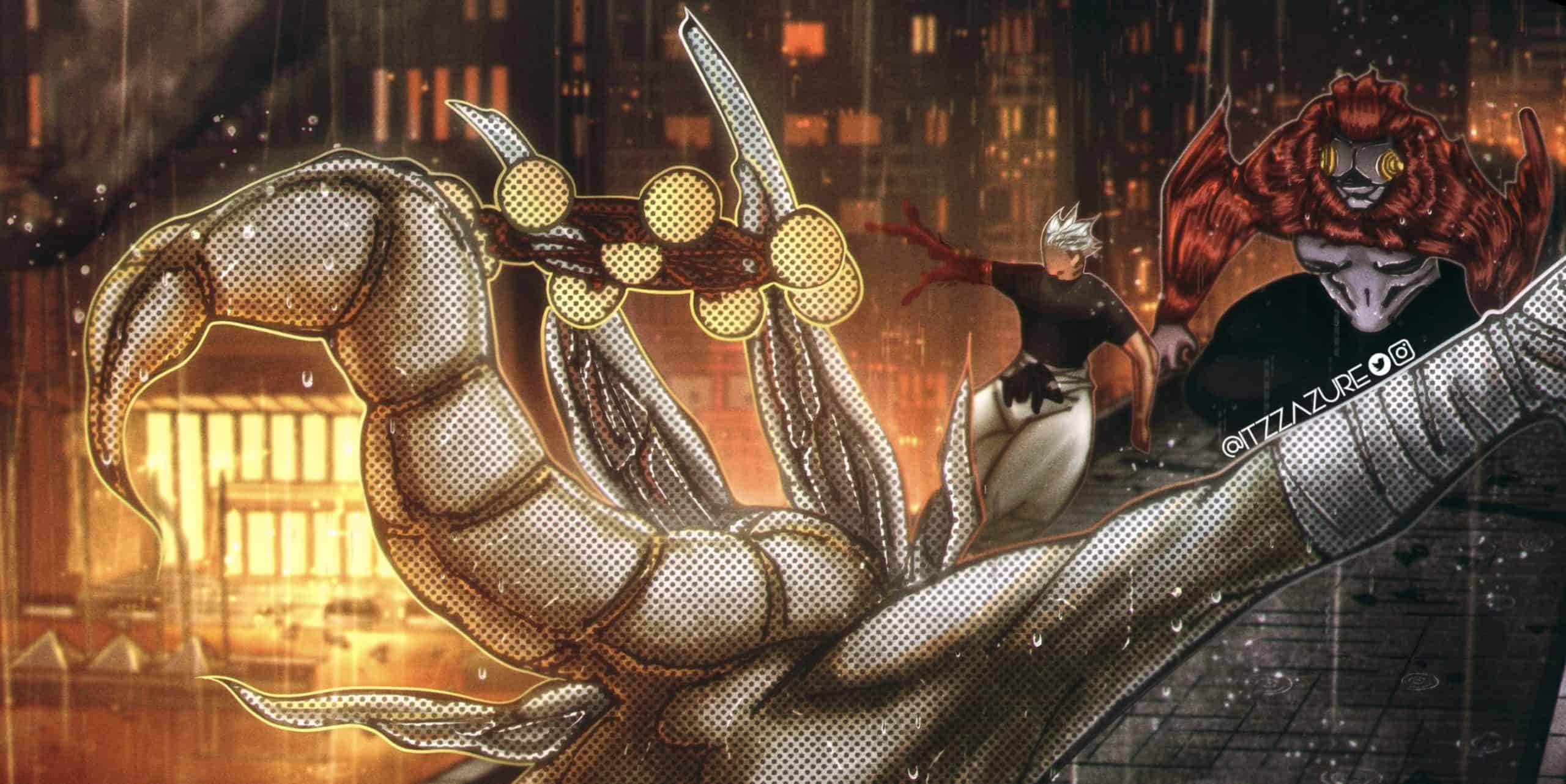
In his sudden vulnerability, Kenjaku experiences an abrupt turnaround from puppet master to prey.
Realizing the machinations underlying his downfall and confronting his lapse in judgment, Kenjaku seemingly recognizes his impending end, bested by the very psychological theater he had dismissed.
With his ancient ambitions interrupted violently by this cunning ambush, Kenjaku meets an unexpected yet ingeniously orchestrated demise.
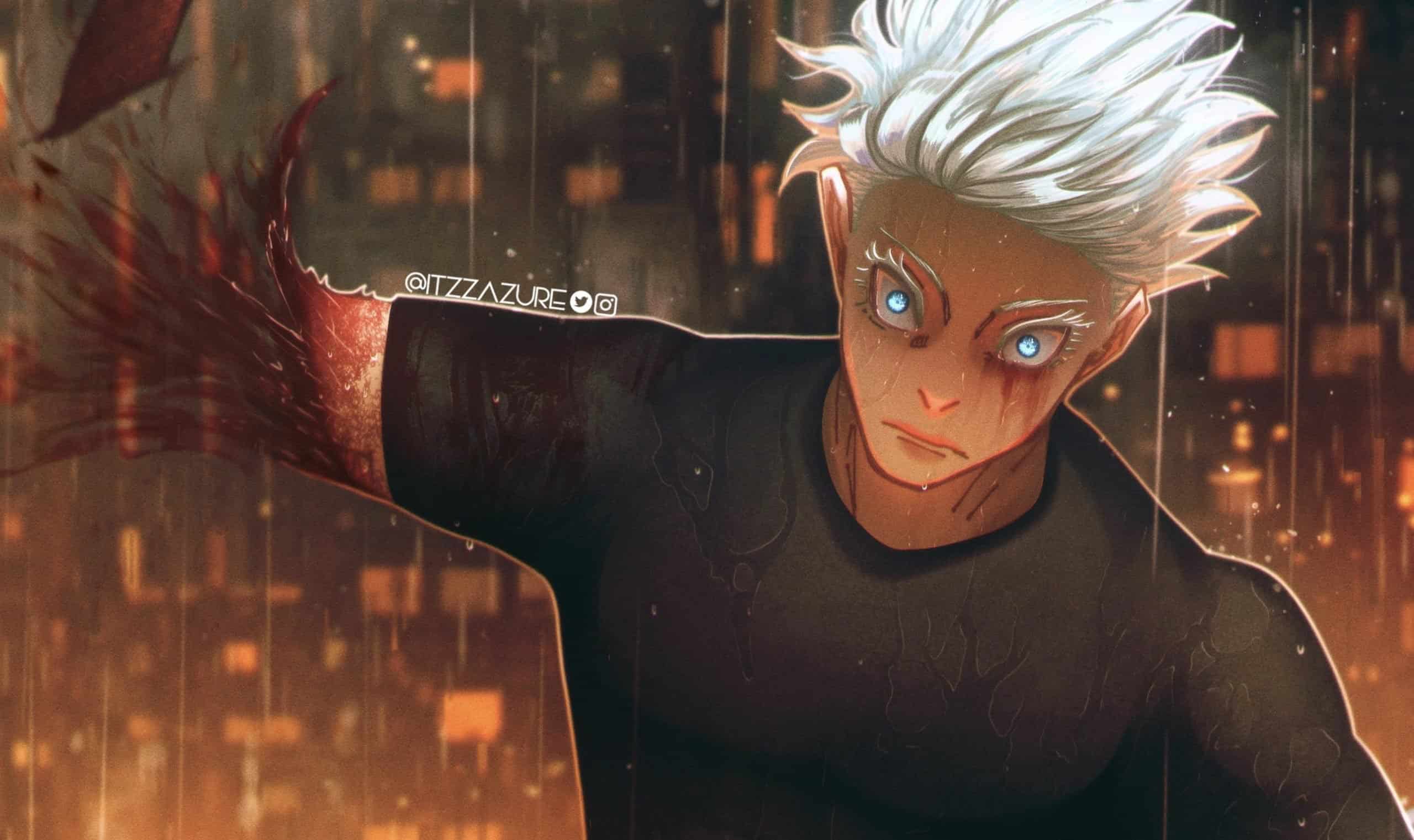
As the smoke clears, beloved fan-favorite Geto seems freed, but Kenjaku’s status stays murky. Regardless, this outcome represents a seismic shift for Jujutsu Kaisen’s landscape.
Yuta’s daring gamble resulting in the top villain’s decapitation clearly carries narrative consequences.

But deprived of context for these shocking events, observant readers still wonder what master plan spurred Yuta’s bold attack and who may truly profit most from this apparent killing stroke.
Kenjaku’s Unsettling Demise Raises Questions About the Anticlimax of a Pivotal Villain’s End
Kenjaku has loomed oppressively over Jujutsu Kaisen as the machinating arch-villain, more impactful in driving the overarching narrative than even the formidable Sukuna.
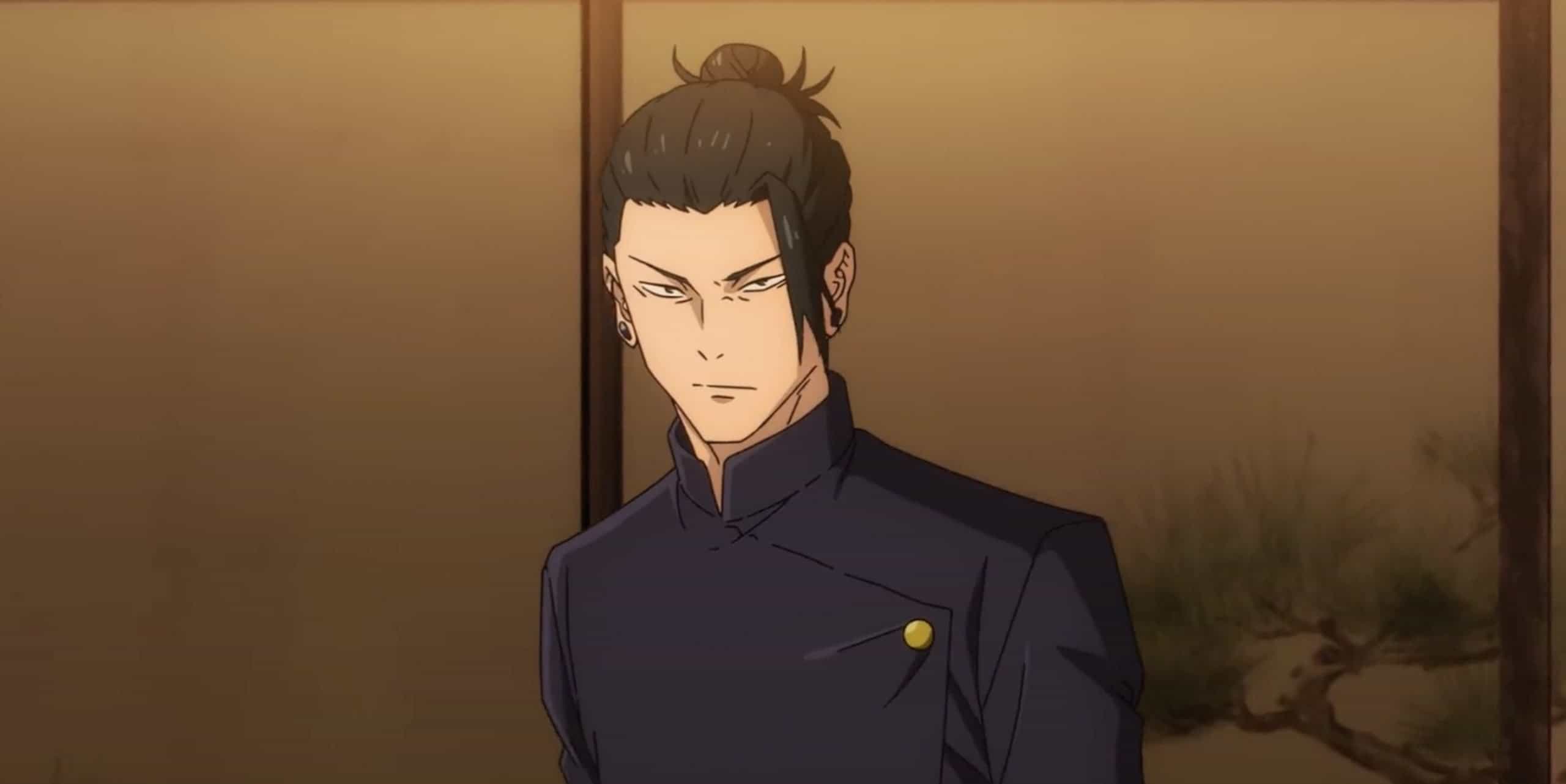
Yet this mastermind apparently faces a premature end, thwarted unceremoniously mid-scheme by Yuta’s surprise decapitation ambush.
Though not fully confirmed dead, Kenjaku’s ominous words imply resigned acceptance of demise, forfeiting his intricate plans close to fruition.
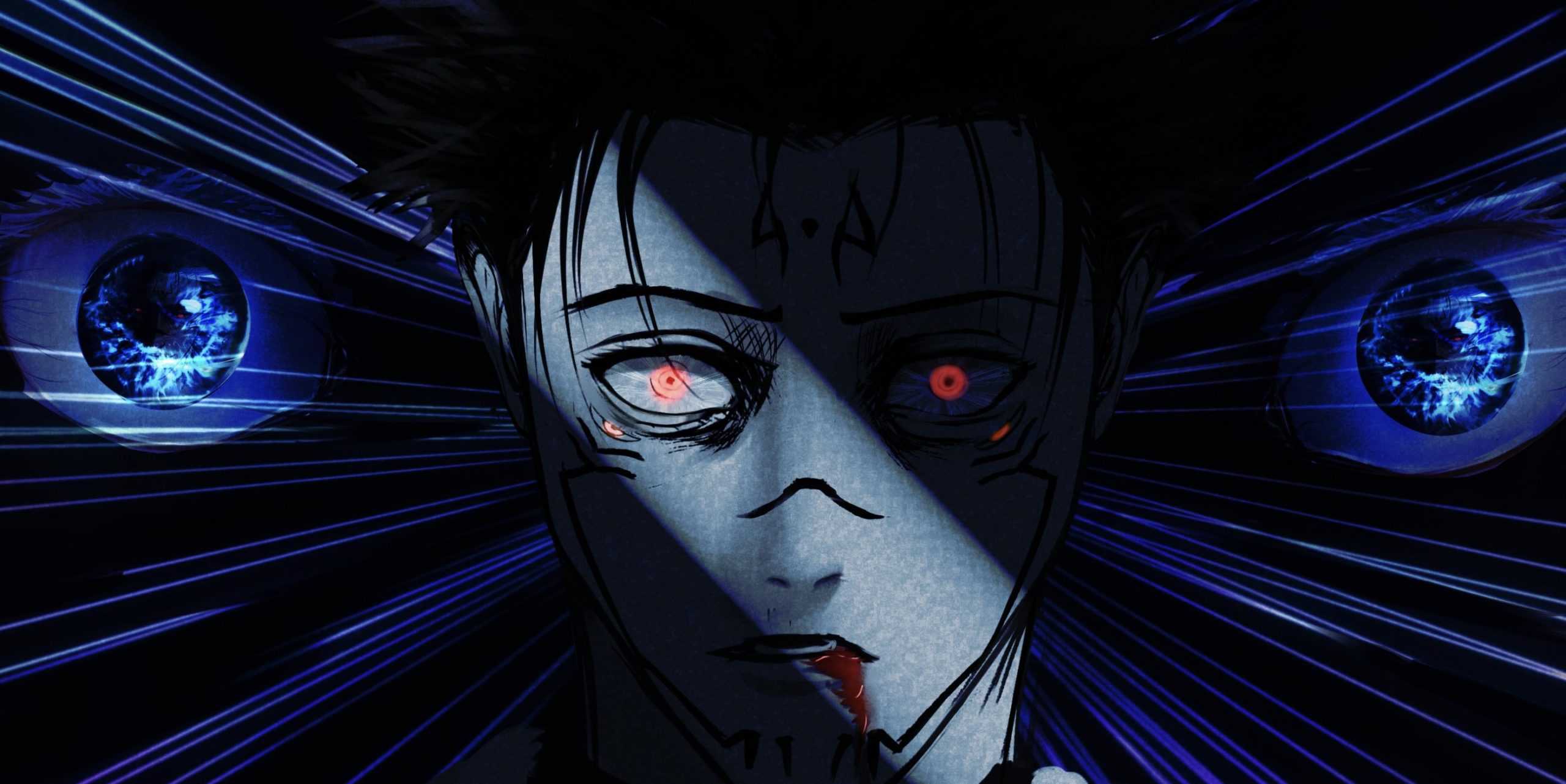
His articulated hopes of someone furthering his vision after his looming “death” hints at an anticlimactic exit for such a monumental antagonist.
If genuinely killed off in such an abrupt, disappointing manner, this could mark one of JJK’s most narratively dissatisfying resolutions.
As a disembodied brain, technical exorcism requires cursed energy stab wounds, not just beheading. Yet his strangely quick surrender to fate and abrupt shift from control to resignation paints a bleak picture regarding his survival odds.


